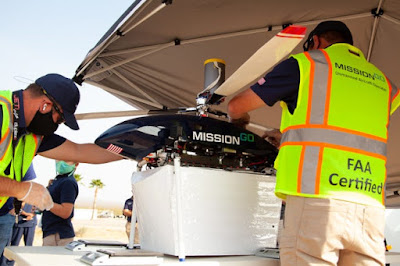 |
| ESA/Hubble & NASA, A. Riess and |
The Hubble Space Telescope got a peak at one of the most awesome light shows in the universe, catching a supernova that outshone every star in its galaxy. It observed the exploding star over the course of a year, watching it burn with the radiance of 5 billion suns before gradually dwindling away. The event provides a rare time-lapse of a supernova and will help astronomers more accurately measure the distances to far-flung galaxies.
Known as SN2018gv, the supernova was first spotted in mid-January of 2018 at the edge of the barred spiral galaxy NGC 2525, about 70 million light years from Earth. It’s a Type Ia supernova, meaning it originates from a binary white dwarf star that’s sucking in matter from its companion star.
Once it takes in material equivalent to about 1.44 times the mass of our Sun, it gets hot enough to ignite carbon fusion and trigger a thermonuclear runaway process. That leads to a violent explosion that can eject matter at up to 6 percent the speed of light and cause a peak brightness of 5 billion times that of the Sun.
Scientists know fairly precisely how much light a type Ia supernova produces, so they can use them as a “standard candle” to gauge distance. By comparing the theoretical with the observed brightness, they can accurately calculate the distance to the supernova and its accompanying galaxy. That in turn adds more data to calculate the Hubble constant, or rate of the universe’s expansion.
When seen next to NGC 2525, the supernova shone more brightly than any other stars in that galaxy. However, the explosion dimmed quickly as it ran out of fuel. “When a star unleashes as much energy in a matter of days as our Sun does in several billion years, you know it's not going to remain visible for long,” NASA wrote in a blog post.













